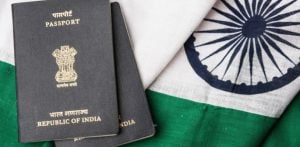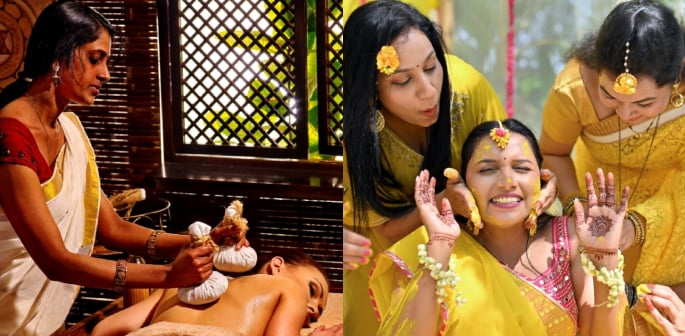Turmeric rituals continue to bridge generations.
Ancient wisdom has a way of finding its place in the modern world.
Across South Asia, traditions that emerged thousands of years ago continue to shape how people live, heal, design, and celebrate.
These practices may have roots in sacred texts, oral traditions, or cultural rituals, but their relevance hasn’t faded.
If anything, they’ve found new purpose in today’s health-conscious, spiritually curious, and sustainability-driven societies.
For many South Asians, these customs represent more than nostalgia or culture; they reflect enduring values passed down through generations.
Whether used for wellbeing, design, or celebration, these traditions have stood the test of time and continue to thrive.
From wellness systems like Ayurveda to architectural blueprints found in Vastu Shastra, the past offers tools for living more mindfully today.
Turmeric, mehndi, and yoga have also expanded beyond their ceremonial roles to influence beauty, medicine, and mental health on a global scale.
Even in a hyper-digital age, South Asians continue to honour their ancestral knowledge in daily life.
These practices not only help individuals reconnect with their heritage but also offer practical solutions to contemporary challenges.
Here are seven ancient South Asian traditions that remain remarkably alive, and why they still matter today.
Ayurveda
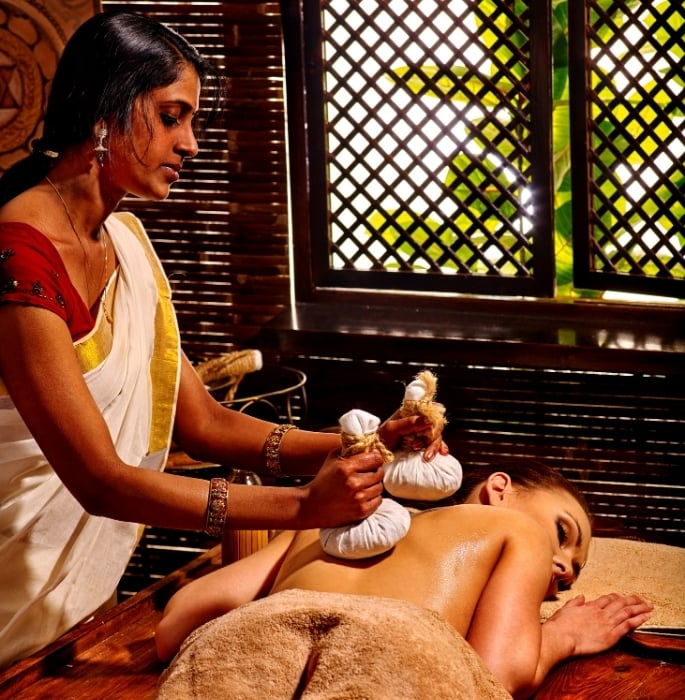 Ayurveda is one of the world’s oldest healing systems, tracing back over 3,000 years to ancient India.
Ayurveda is one of the world’s oldest healing systems, tracing back over 3,000 years to ancient India.
Its holistic approach addresses the mind, body, and spirit, aiming for balance over quick fixes.
Unlike Western medicine’s one-size-fits-all solutions, Ayurveda promotes tailored care based on an individual’s Prakriti, or natural constitution.
This personalisation resonates today, especially as healthcare shifts towards preventive and sustainable strategies.
Natural remedies, plant-based diets, and detox routines rooted in Ayurveda have been embraced by wellness enthusiasts worldwide.
Practices like oil pulling, herbal supplements, and dietary rituals aren’t just cultural. They’re part of a wider movement toward intentional living.
Ayurveda’s continued relevance also reflects a growing demand for gentler, long-term health solutions.
Its integration with yoga and meditation adds another layer of mental and emotional healing.
Many South Asians today turn to Ayurvedic knowledge alongside modern treatments for issues ranging from digestive problems to skin care.
In a world overwhelmed by pharmaceuticals and processed lifestyles, Ayurveda’s ancient toolkit feels both grounding and empowering.
And for younger generations rediscovering their roots, it offers a bridge between ancestral wisdom and modern wellbeing.
Vastu Shastra
 Vastu Shastra, meaning “science of dwelling,” is more than old-fashioned superstition. It’s a sophisticated architectural system rooted in harmony and sustainability.
Vastu Shastra, meaning “science of dwelling,” is more than old-fashioned superstition. It’s a sophisticated architectural system rooted in harmony and sustainability.
Dating back over 5,000 years, it influenced the planning of entire cities during the Indus Valley era, including Harappa and Mohenjo-Daro.
Today, its principles still guide the layout of homes, offices, and temples, often blended with modern design.
South Asians across religious and cultural lines consult Vastu to ensure spaces promote health, productivity, and peace.
Its rules around light, airflow, and directional energy may sound mystical, but they have practical benefits.
Architects and interior designers increasingly revisit Vastu when creating serene and functional environments.
For those feeling disconnected or anxious, rebalancing a space using Vastu principles can feel restorative.
From positioning mirrors to aligning entrances, its guidelines offer subtle shifts that foster comfort and coherence.
While not everyone follows Vastu rigidly, its underlying belief, that our surroundings impact our wellbeing, is more relevant than ever.
In an age of over-stimulation, ancient spatial wisdom continues to shape how South Asians create nurturing homes and community spaces.
Turmeric Rituals
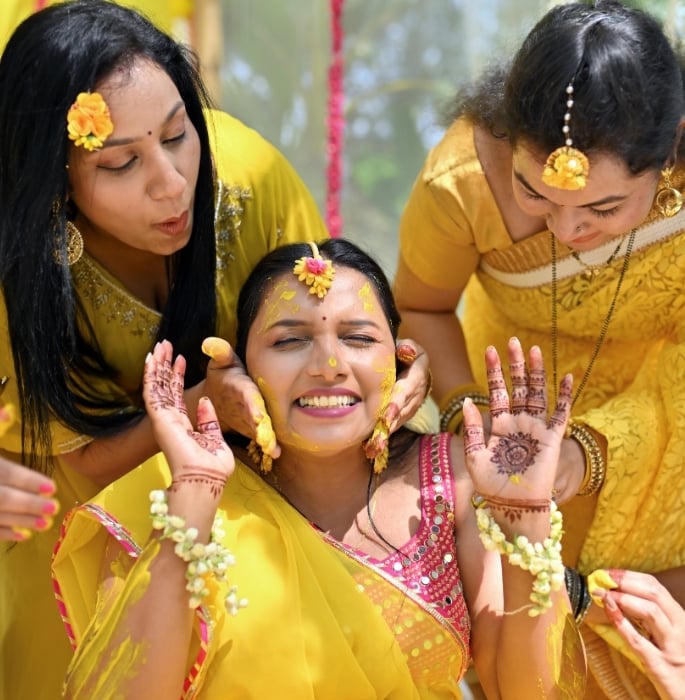 Turmeric has long been revered in South Asia, not just as a spice but as a sacred substance.
Turmeric has long been revered in South Asia, not just as a spice but as a sacred substance.
At weddings, the Haldi ceremony symbolises purification, blessing, and joy, marking the couple’s transition into married life.
In many regions, turmeric baths are also part of pre-wedding rituals, believed to cleanse the body, ward off negativity, and enhance beauty.
These traditions combine physical care with spiritual protection, reflecting the intertwined nature of health and faith.
Beyond ceremonies, turmeric remains central to home remedies, from treating colds to soothing skin.
Its anti-inflammatory and antimicrobial properties have caught the attention of global wellness brands, now marketing turmeric lattes and skincare lines.
Yet in South Asia, the tradition runs deeper. Its use is communal, intentional, and rich with symbolism.
Grandmothers still mix turmeric pastes during festivals or family ailments, passing down knowledge that science now confirms.
In blending the sacred and the scientific, turmeric rituals continue to bridge generations.
They are a golden thread connecting everyday life to ancient values of care, resilience, and protection.
Mehndi
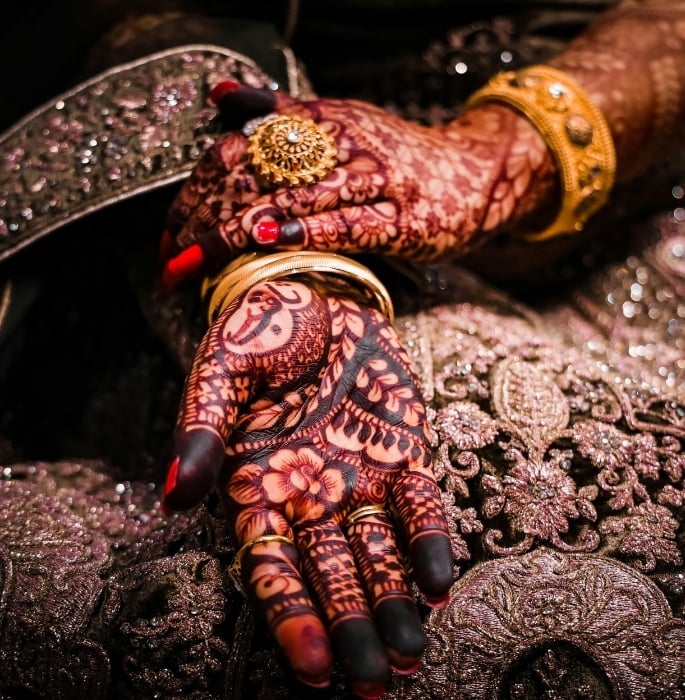 Mehndi, or henna, is much more than body art. It’s a celebration of life, community, and tradition.
Mehndi, or henna, is much more than body art. It’s a celebration of life, community, and tradition.
Derived from the Lawsonia inermis plant, mehndi has been used for centuries in South Asia to adorn hands and feet during weddings, festivals, and milestones.
The ritual often begins with family and friends gathered together, applying intricate designs while singing songs and sharing stories.
It’s a tactile, joyful way to connect across generations, with each pattern symbolising prosperity, fertility, or protection.
In weddings, mehndi even carries playful meanings, like hiding a partner’s initials within the design.
Its natural cooling properties also made it a practical choice in hot climates, soothing the body while beautifying it.
Today, mehndi remains a staple in South Asian ceremonies but has also found global appeal as a form of artistic expression.
Many now use it for self-care or to honour cultural identity, even outside formal occasions.
The fact that this ancient plant-based dye is still so celebrated reflects its power to hold stories, blessings, and emotions on the skin.
Mehndi is not just decoration. It’s a heritage inked with love and meaning.
Yoga and Meditation
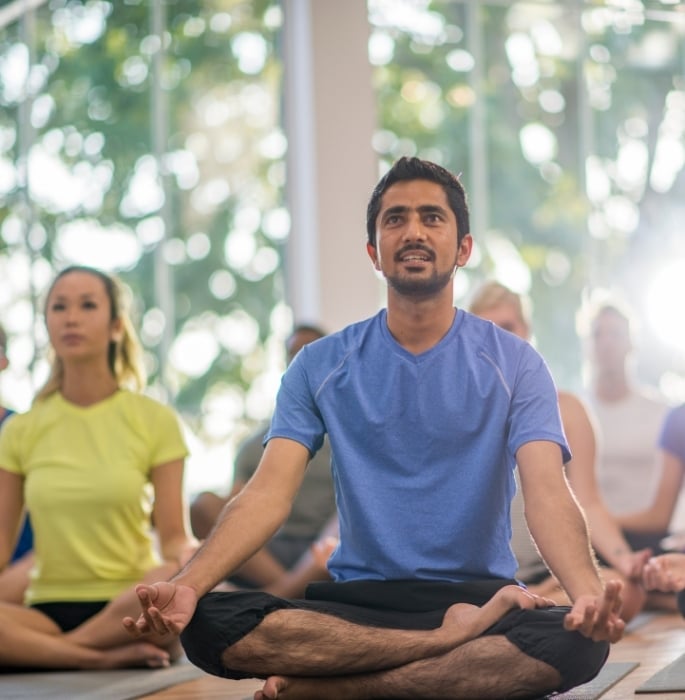 Yoga and meditation originated in South Asia thousands of years ago, initially as spiritual disciplines to unite the body and soul.
Yoga and meditation originated in South Asia thousands of years ago, initially as spiritual disciplines to unite the body and soul.
Today, they are among the world’s most popular practices for mental and physical wellness.
Yoga studios across the globe now teach asanas that were once passed down through gurus in sacred texts like the Yoga Sutras.
Meditation, rooted in Hindu and Buddhist traditions, has evolved into a secular wellness tool used in therapy, education, and even the workplace.
South Asians continue to draw from these ancient systems to manage anxiety, improve focus, and cultivate balance.
In a hyper-connected world, the ancient rhythm of breathwork, stillness, and mindful movement provides a much-needed pause.
For many young South Asians, reclaiming yoga and meditation is also a way to decolonise wellness trends and return to their spiritual origins.
These practices are not simply exercises. They’re an invitation to slow down, reflect, and reconnect with oneself.
Whether done in temples or on yoga mats, their impact remains as profound today as it was centuries ago.
Ancient South Asian wisdom, it seems, knew the value of stillness long before science did.
Siddha and Unani Medicine
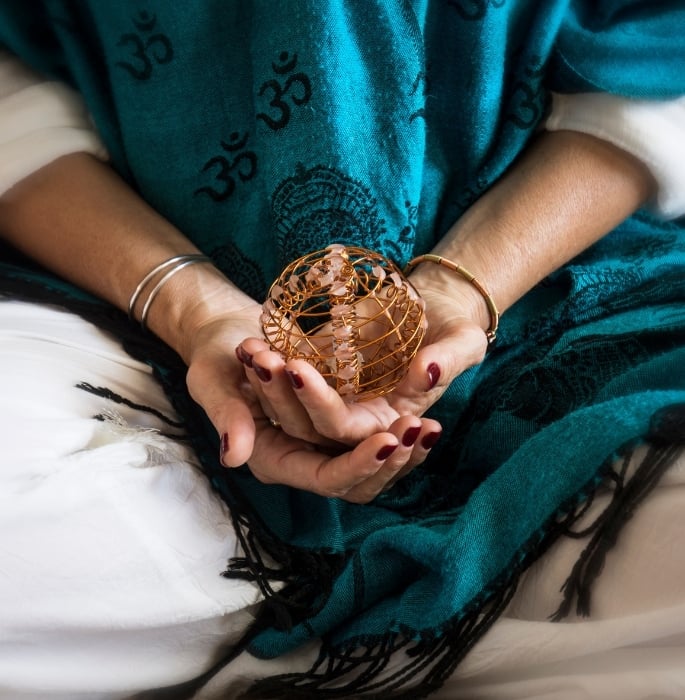 While Ayurveda is more widely known, Siddha and Unani medicine are also vital parts of South Asia’s ancient healing traditions.
While Ayurveda is more widely known, Siddha and Unani medicine are also vital parts of South Asia’s ancient healing traditions.
Siddha, with roots in Tamil culture, focuses on balancing elemental forces and uses herbs, metals, and meditation for treatment.
Unani, influenced by Greek and Islamic medicine, was brought to India through Persian scholars and refined over centuries.
Both systems offer holistic approaches that treat the root causes of illness rather than just symptoms.
In places like India and Pakistan, Siddha and Unani clinics operate alongside allopathic medicine, especially in rural areas.
These traditions remain alive because they prioritise harmony, prevention, and patient-centred care.
South Asians often turn to these practices for chronic conditions, digestive issues, or postnatal recovery, appreciating their time-tested remedies and cultural familiarity.
As global interest in integrative medicine grows, researchers are beginning to explore these systems more seriously.
Their continued relevance speaks to a desire for healing that honours both science and tradition.
In the quiet persistence of these ancient practices, South Asia offers a vision of health that is both grounded and holistic.
Mindfulness and Festivals
 Mindfulness, now a buzzword in wellness circles, has deep roots in Buddhist and Hindu traditions.
Mindfulness, now a buzzword in wellness circles, has deep roots in Buddhist and Hindu traditions.
Practices like focused breathing, mantra chanting, and present-moment awareness were embedded in South Asian spiritual life long before mindfulness apps existed.
Today, these rituals help people navigate anxiety, build resilience, and improve emotional clarity.
For many South Asians, incorporating mindfulness means returning to childhood memories of morning prayers, incense, and quiet reflection.
It’s not just about relaxation. It’s about finding meaning in the everyday.
Festivals like Diwali, Holi, and Vesak also preserve ancient rituals, connecting communities through prayer, food, and symbolic acts like lighting lamps or throwing colours.
These events are not only social. They reinforce shared histories, values, and rhythms.
Even in diasporic contexts, South Asians use festivals to teach children about their roots and create cultural continuity.
Through mindfulness and ritual, ancient practices provide structure in a fast-changing world.
They remind us who we are, where we come from, and how we choose to show up together.
Whether applied through wellness routines, daily rituals, or celebratory customs, these practices remain deeply woven into South Asian identity.
Their persistence is a testament to their value, not just culturally, but universally.
As global interest in holistic living grows, South Asians are uniquely positioned to lead with practices rooted in empathy, sustainability, and spirit.
In honouring them, we honour ourselves and the generations that came before us.
And in doing so, we keep the ancient alive, not as relics, but as living tools for a meaningful life.








